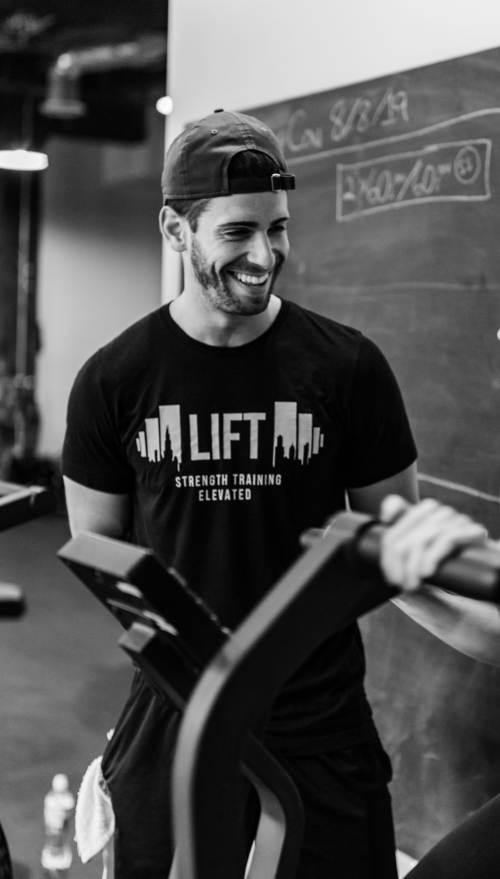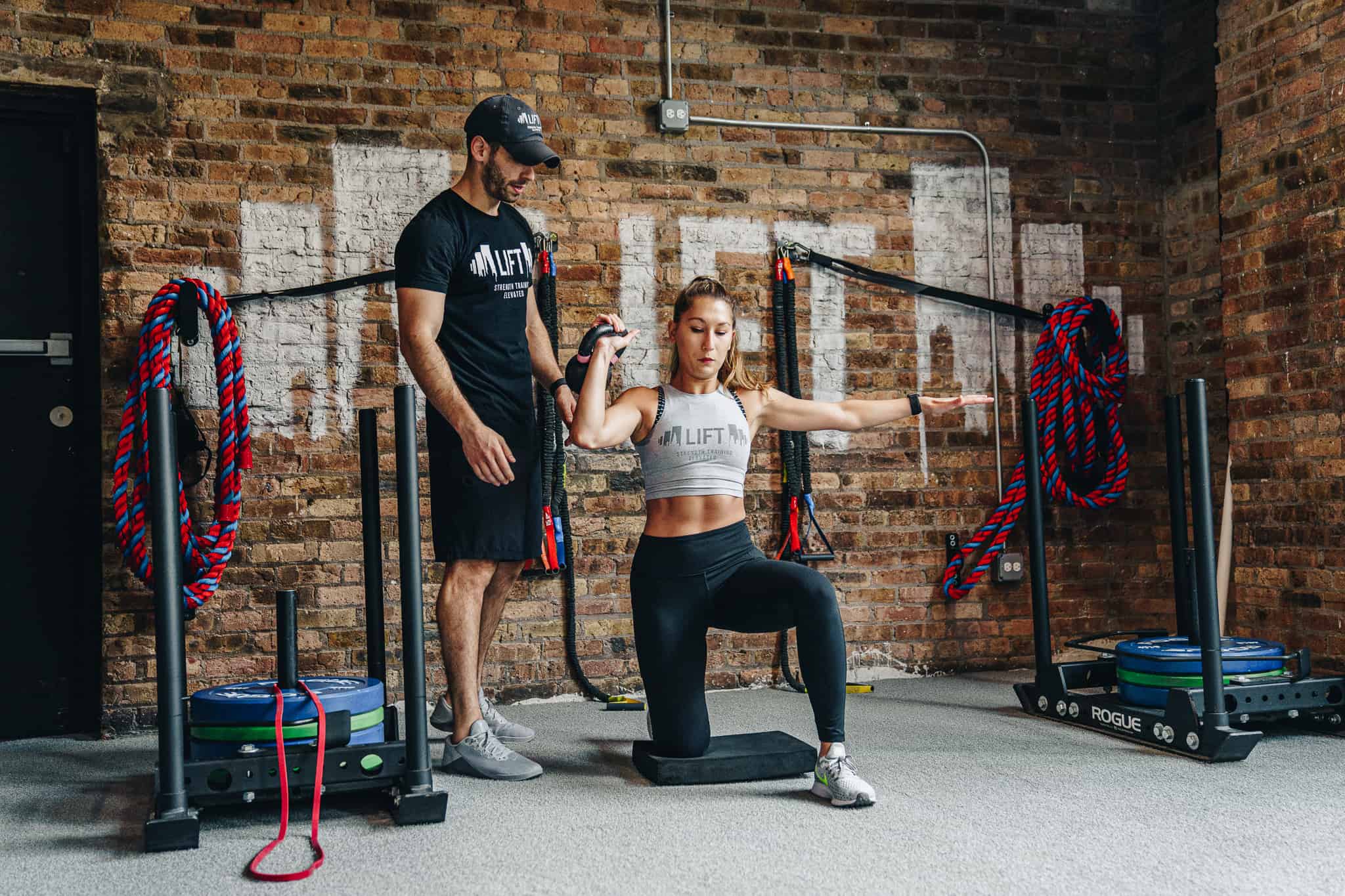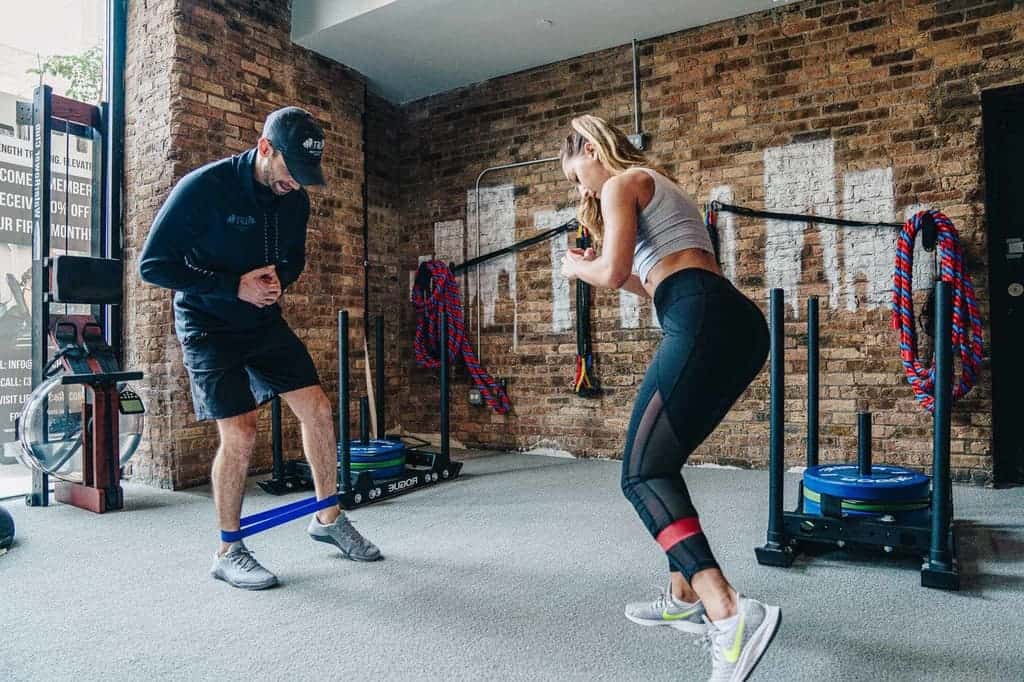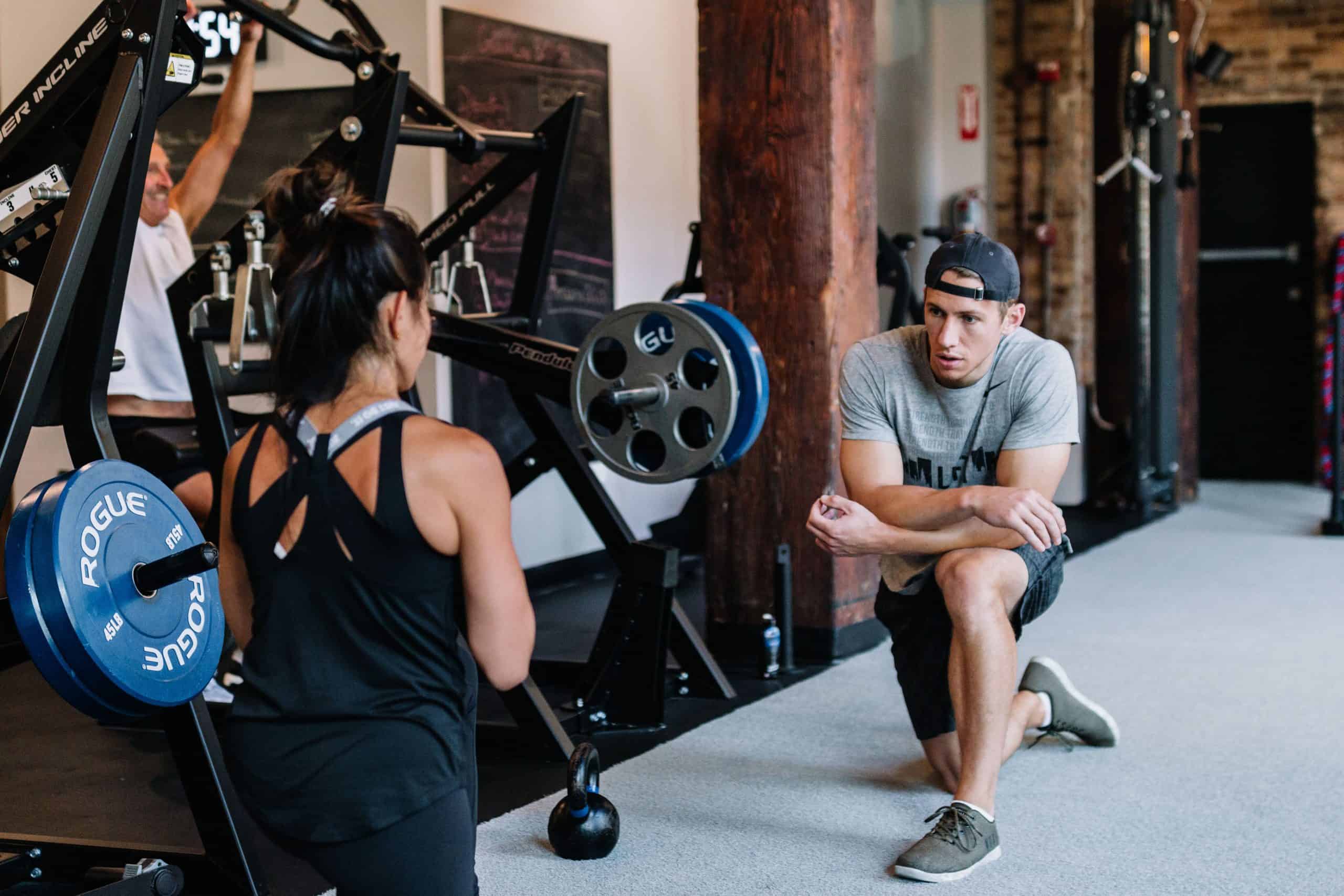By: Jared Blincow, CSCS, Strength Coach LIFT Chicago
The average person spends eight hours of their day sitting at a desk only to get home and sit on the couch watching tv, surfing the internet, or scrolling through their phone. This daily pattern can wreak havoc on your posture and is a popular culprit for a number of different injuries and might be the source of your chronic pain.
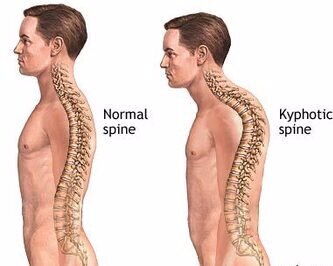
The “rounded shoulders” (shown on the left) look is caused by a reduction in thoracic spine mobility and can affect both the shoulders and the lower back. When we lose mobility in our thoracic spine we have to compensate somewhere else on the body, which typically occurs at the lower back. These compensated movement patterns force joints that aren’t meant to be mobile to be mobile, and that can be a recipe for disaster. Chronic shoulder and neck pain can also be linked to poor thoracic spine mobility.
Poor thoracic spine mobility forces the shoulders to make up for the decrease in range of motion and can force them into precarious and unsafe positions. Pre and post workout mobility/stretching sessions done on a consistent basis can put you back on the road to success, here’s some of the best thoracic spine mobility movements everyone can benefit from:
1. Side Lying Open Books
-Focus on keeping the knee down during this movement while actively pulling yourself open. The ultimate goal is to open up and have both shoulders touching the floor but only go as far as your mobility will allow you. Less mobile individuals might have to set their knee up on a foam roller in order to maintain contact with the ground.
2. Bench T-Spine Extensions w/ PVC Pipe
-Great stretch for both the thoracic spine and the lats. Slightly flex the lumbar spine for a deeper lat stretch
3. Quadruped Rotations
-Make sure you are sitting back on your heels while doing these quadruped rotations. This will lock in the lumbar spine and ensure that you are rotating through your thoracic spine and not the lower back
4. Bretzel
-Try and relax into this position. Think long, deep breaths (5 seconds in) and a long exhale (10 seconds out) and sink deeper into the stretch after each exhale. 5-10 breaths on each side.
5. Barbell Opener
-This looks like a passive stretch but think about actively pulling yourself into this movement through the upper back and shoulders for a more effective stretch. Change grips (narrow/wide) for different variations
6. Foam Roller OH Wall Extensions
-Actively press your arms into the foam roller as you extend your arms upward and finish with your head through your arms. Think about finishing with your biceps right by your ears.
Questions about anything you read above or what we do at LIFT? Leave a comment below!

